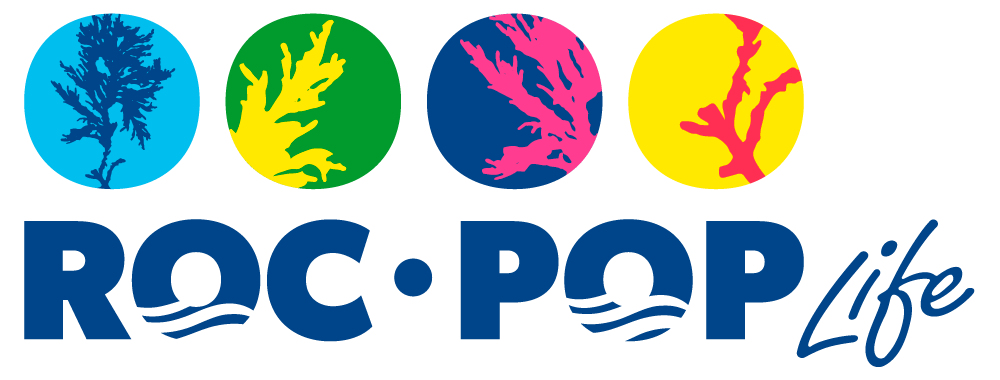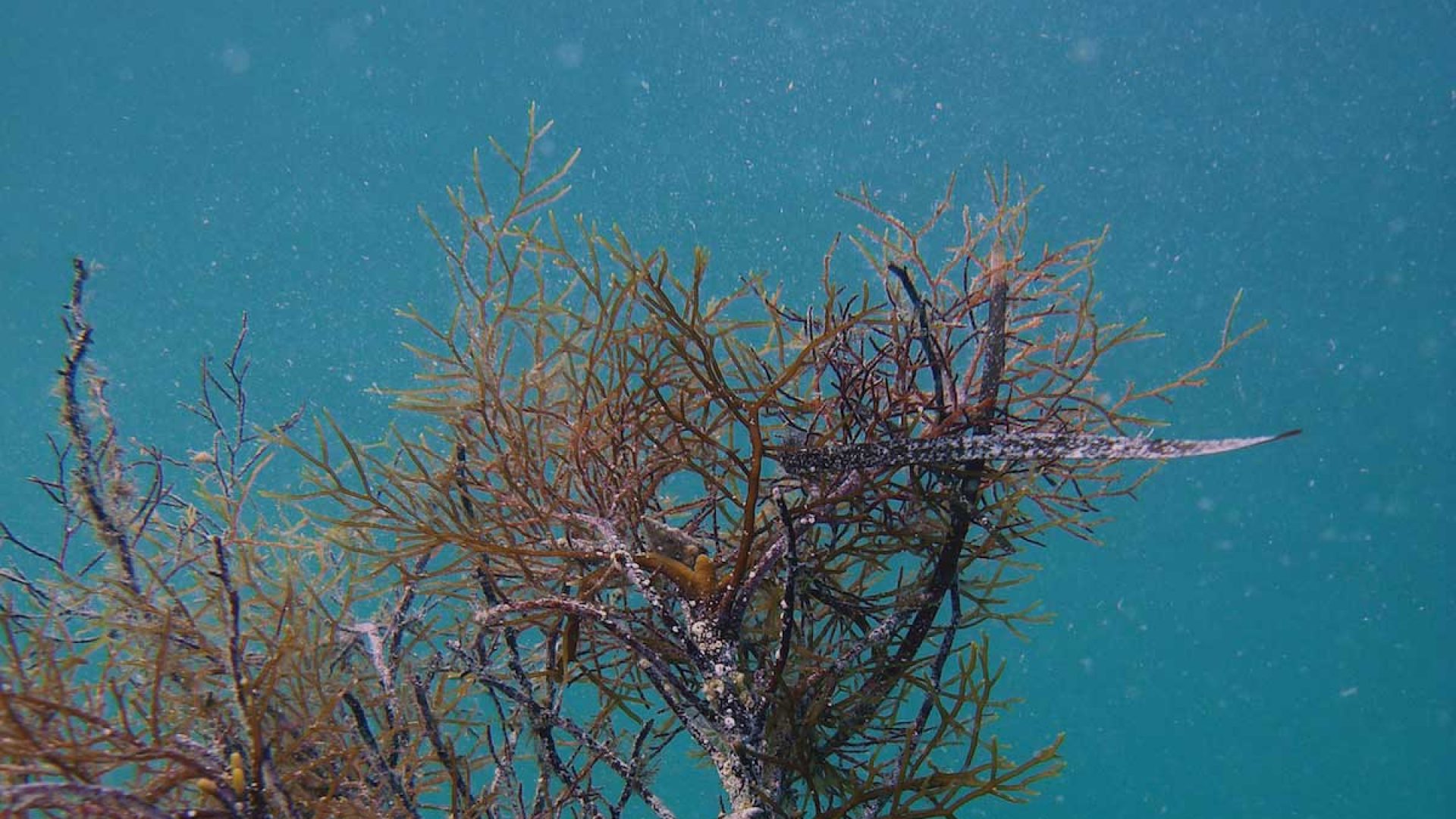Description
The reproduction of the target Cystoseira species in the mesocosms will produce new recruits to reintroduce into the natural environments of Cinque Terre and Miramare MPAs.
This action will take place in the laboratories located in Trieste (UNITS) and Camogli (UNIGE). The action is planned to produce new recruits to be introduced in the target sites (Action C3). The Action will be replicated 6 times (twice a year) and is planned to terminate at the end of July 2020.
C. amantacea var. stricta will be cultivated at Camogli; C. barbata and C. crinita at Trieste.
The action will adopt the techniques improved in the Action A1.
The reproduction procedure, already successful tested in the feasibility studies, includes the following steps:
- the set up in the incubation chambers of similar conditions to those present in the donor sites (i.e. light, temperature, nutrient);
- the fertile receptacles are kept in the fridge in dark condition for ca.24h to induce the spores release;
- the apical fertile branches with mature receptacles are brushed to eliminate surface epiphytes and washed carefully with sterile seawater;
- the distal parts of branchlets with mature receptacles are excised and transferred to mesocosms for controlled cultivation. Thanks to the highly-efficiently reproductive strategy of Cystoseira the spores release and fertilization is a natural process that does not require artificial interventions.
- the mesocosms are filled with filtered and autoclaved seawater with the addition of cultivation terrain (i.e. Von Stoch terrain) to favour the growth and GeO2 to prevent diatoms growth
- the reproductive material is released on specific biocompatible supports at low impact.
Indicators of process success:
Control Petri dishes will be also inseminated to collect data for the action success indicators. The seawater is disposed and replaced by new filtered seawater gently poured on the Petri dish to avoid the release of settled zygotes. The number of eggs will be estimated at the microscope 24h after the release in a subsection of the Petri dish and extrapolated to the total area. The wet weight of each receptacle will be registered.
The release success will be estimated for each population by counting the number of eggs released by receptacle and corrected to the unit of biomass.
The counting of fertilized eggs (zygotes) provides data for computing the fertilization percentage, which is an indicator of the fertilisation process success.
Settlement and germination success: reproductive material released to the suspension of gametes will be used to inoculate 5 Petri dishes per population. Zygotes and embryo development will be followed by identifying different developmental stages.
These Petri dishes will be observed 24h, 48h, 72h and 96h after inoculation;
- 24h: number of settled zygotes vs total number of released eggs (estimation of settlement rate).
- 48h, 72h, 96h: Petri dishes will be observed and the number of zygotes at the following development stages will be identified:
-Stage 1: non germinated zygotes
-Stage 2: initial germinated zygotes
-Stage 3: zygotes with cell division
-Stage 4: zygotes with ryzoid formation
Action details
Action:
C.2
Timing:
14 months
Status:
Not yet active

